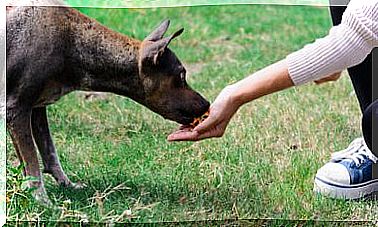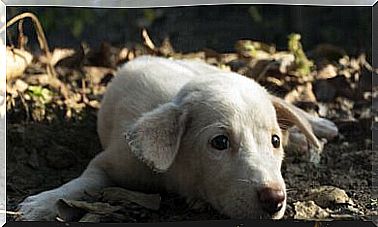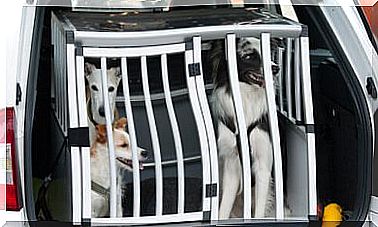Traveling By Train With Animals
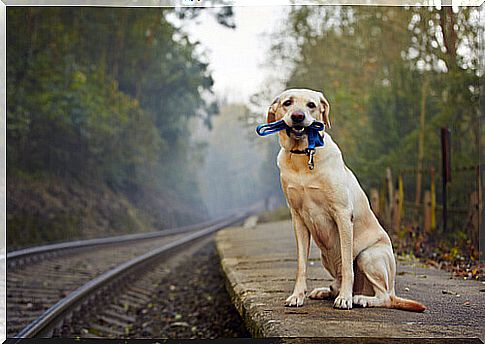
If you are planning a train trip with your pet, keep in mind that there are a number of regulations to be respected and, above all, put in place all the necessary measures in order to avoid putting your pet under stress. In this article we will talk about how to move with this vehicle in Italy and in the rest of Europe.
Things to consider before embarking on a train journey with an animal
If you are not lucky enough to have your own vehicle, moving around with pets can be quite complicated. In recent years, the public service has also begun to offer this type of service, albeit with some limitations.
As far as Italian railway companies are concerned, each railway journey consists of specific rules and different tariffs in relation to pets. For this reason, the ideal is that you are well informed before embarking on a trip with your little furry or feathered friend.
Trenitalia
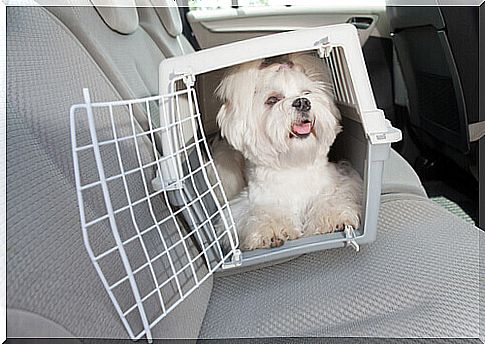
Trenitalia is the main Italian company for transport on railway networks, and provides for the following rules for the transport of pets:
National trains
- It is allowed to travel free of charge with small dogs, cats and other small pets.
- Transportation is permitted in first and second class of all train categories and in the Executive, Business, Premium and Standard service levels.
- Animals must be kept in the special container with dimensions not exceeding 70x30x50 and such as to exclude injury or damage to both passengers and cars.
- Only one pet carrier is allowed for each traveler.
- Pets are not allowed in the restaurant / bar carriages (with the exception of guide dogs for the blind).
Regional trains
It is possible to transport small dogs, cats and other small pets for free, in the first and second class of all categories of Regional trains, with special exceptions, kept in the appropriate container not exceeding 70x30x50 cm and such as to exclude injury or damage to both passengers and cars. It is also possible to transport a dog of any size, with muzzle and leash, on the platform or vestibule of the last carriage, with the sole exception of the time from 7 to 9 in the morning on weekdays from Monday to Friday.
Italo – New Passenger Transport
Nuovo Trasporti Viaggiatori (NTV) is an Italian railway company that operates in the field of high-speed rail transport, and provides for the following regulation:
- It is possible to transport small dogs, cats and other animals weighing less than 10 kilograms if placed in the appropriate carriers.
- One pet carrier is allowed per traveler, and it must be housed in the luggage compartment or in the immediate vicinity of the owner.
- Dogs over 10 kg can only board if they are always kept on a leash and with a muzzle when getting on and off the train.
Service rates
Dogs and other small animals can travel for free on both Trenitalia and Italo.
For the transport of dogs over 10 kilograms, a second class or Standard level ticket must be purchased at the Base price reduced by 50%, regardless of the class in which the owner travels.
Guide dogs for the blind can travel on all trains for free without any obligation.
How it works in the rest of Europe
There is no single system in force for all states of the European Union relating to train travel accompanied by a pet. If you intend to leave your country, you will want to consult the specific rules of the railway companies that operate in the places where you intend to go.
Also keep in mind that the animal must have an identification chip and a pet passport.
Advice before getting on board with an animal
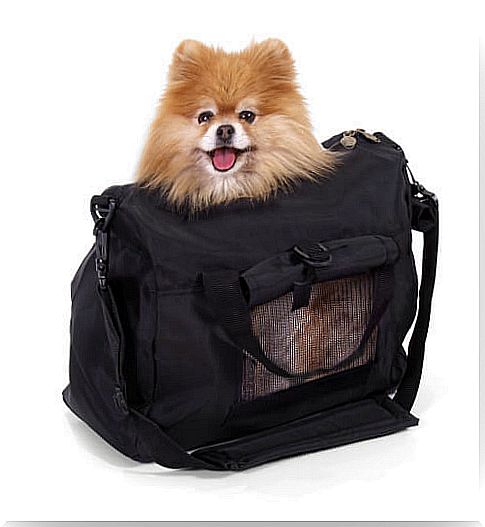
Keep in mind that this type of experience can be traumatic for animals.
Consult with your vet about the main points to keep in mind before embarking on a train journey with your pet.
Aspects to consider:
- The dog’s health book must be up to date.
- Bring food, water and toys to keep him entertained without bothering other passengers.
- The constant rocking of the train can cause vomiting and nausea in some animals. Ask your vet for advice on how to cope with these ailments.
- Get your pet used to being inside the cage before embarking on the train journey.
- It is best to make a short test trip beforehand, before making a long-distance trip.
- To avoid uncomfortable situations, it will be better not to feed the animal before getting on the train, and to have it do all its needs first.
Furthermore, if the animal is elderly, puppy, pregnant, recovering from an operation or if its health is delicate, it is strongly advised not to travel it, especially on long distances.
In these cases, consider leaving it in the care of a family member or friend, or in a dog boarding house.

